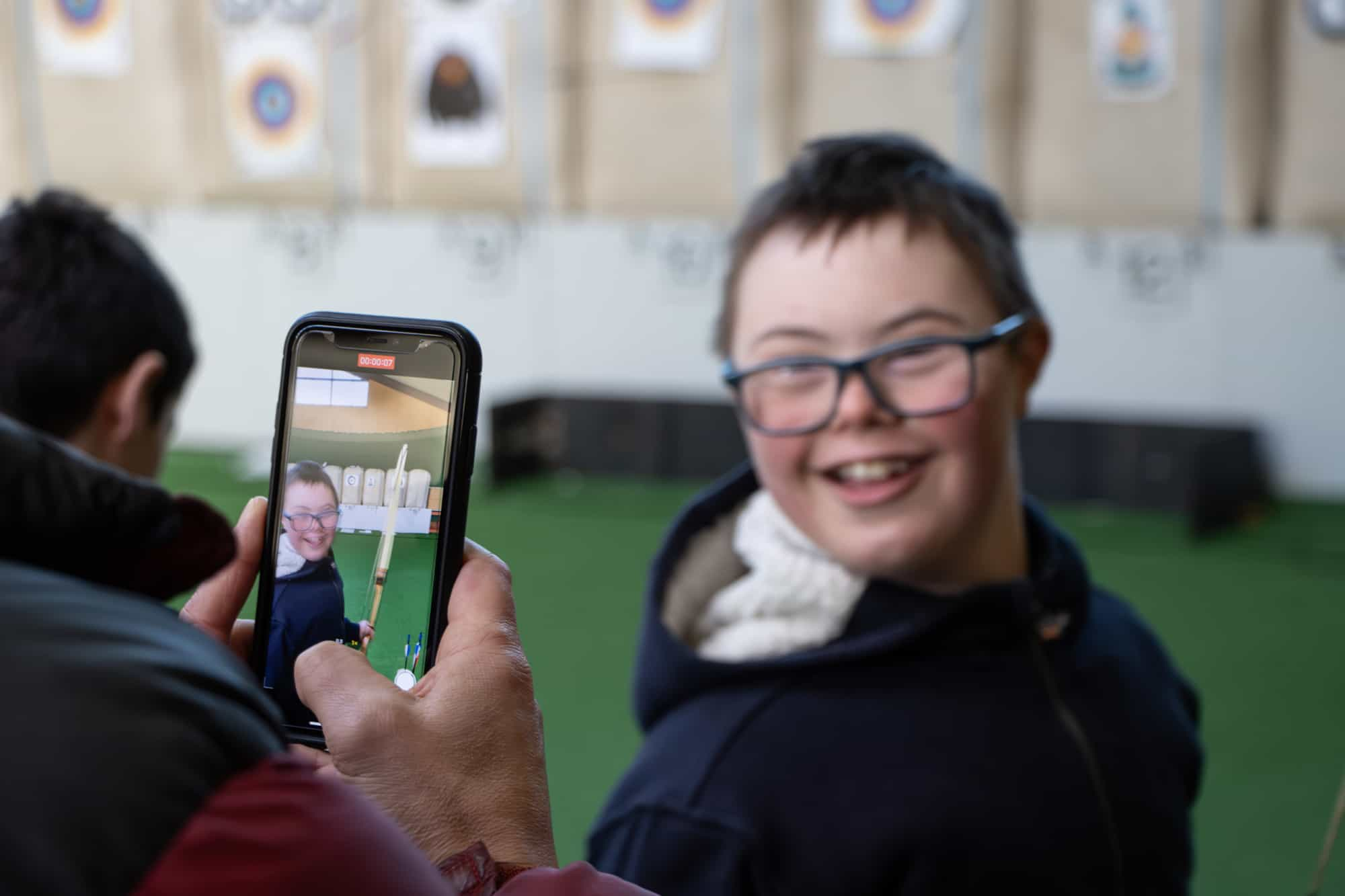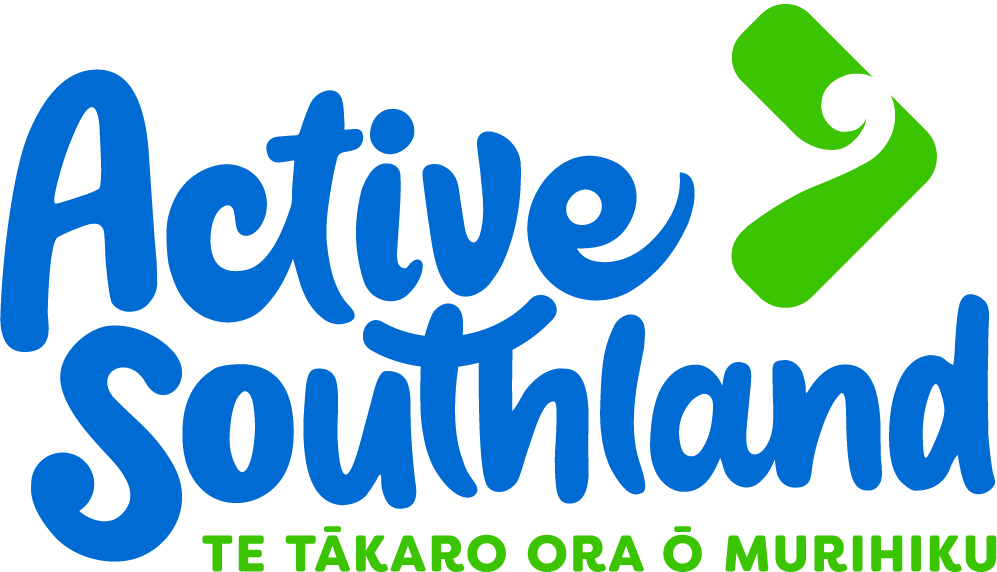

Importance of physical activity for everyone

In today's society, promoting physical activity among young people is crucial for fostering a healthier and more inclusive future.
However, for young people with disabilities, accessing such opportunities can be challenging. Addressing this issue is not just a matter of fairness; it is a vital investment in their physical, emotional, and social well-being.
Engaging in physical activity offers numerous benefits for all individuals, but for young people with disabilities, these advantages are particularly significant. Regular exercise helps improve physical health by enhancing cardiovascular fitness, strength, and flexibility. It also aids in maintaining a healthy weight, reducing the risk of chronic diseases such as diabetes and heart disease. For young people with disabilities, who may face additional health challenges, these benefits can be life-changing.
Beyond the physical benefits, physical activity plays a crucial role in mental health. Young people with disabilities often experience higher rates of anxiety and depression due to various factors, including social isolation and stigma. Physical activity provides a natural outlet for stress, anxiety, and depression. It promotes the release of endorphins, the body's natural mood lifters, which can significantly enhance mental well-being. Furthermore, participating in sports and recreational activities can boost self-esteem and confidence, providing a sense of accomplishment and empowerment.
Social inclusion is another critical aspect of physical activity for young people with disabilities. Sports and physical activities offer a unique platform for building friendships and developing social skills. They provide opportunities for teamwork, cooperation, and communication, fostering a sense of belonging and community. By participating in inclusive activities, young people with disabilities can break down barriers, challenge stereotypes, and educate their peers about diversity and acceptance.
Creating these opportunities, however, requires a concerted effort from all sectors of society. Schools, community organisations, and policymakers must work together to ensure that physical activities are accessible and inclusive. This includes providing adaptive sports programmes, specialised equipment, and trained staff who understand the needs of young people with disabilities. It also involves creating safe and welcoming environments where all individuals can participate without fear of discrimination or exclusion.
Parents and caregivers play a vital role in encouraging physical activity among young people with disabilities. They can advocate for inclusive programmes, support their children's participation, and help create a positive attitude towards physical activity. Additionally, they can work with healthcare providers to develop personalised fitness plans that address their child's specific needs and abilities.
Creating opportunities for young people with disabilities to be physically active is essential for their overall development and wellbeing. It promotes physical health, enhances mental health, and fosters social inclusion. By investing in inclusive and accessible physical activity programmes, we can build a more equitable and compassionate society where every young person has the chance to thrive. This investment is not just beneficial for individuals with disabilities; it enriches our entire community, making it stronger, more diverse, and more united.
Article added: Monday 05 August 2024

INVERCARGILL
Active Southland, ILT Stadium Southland, Surrey Park Road, Invercargill 9810
Active Southland, PO Box 224, Invercargill 9840
03 211 2150 | active@activesouthland.co.nz
GORE
Gore Multisports Complex 20 Wayland Street West (off Robertson St) Gore
Gore Multisports Complex P O Box 8 Gore
